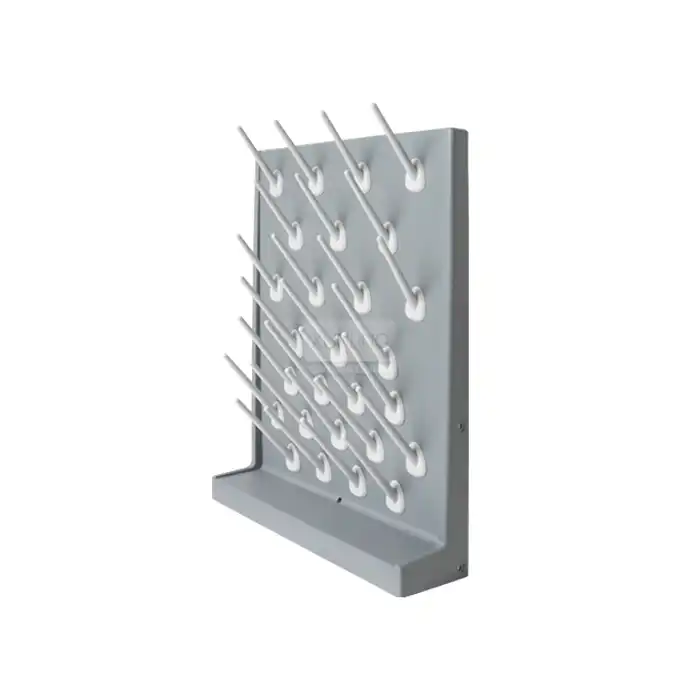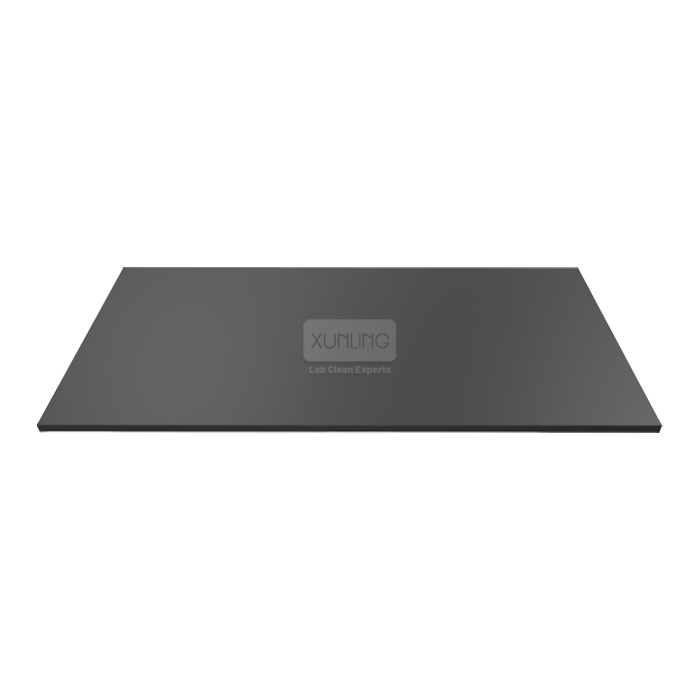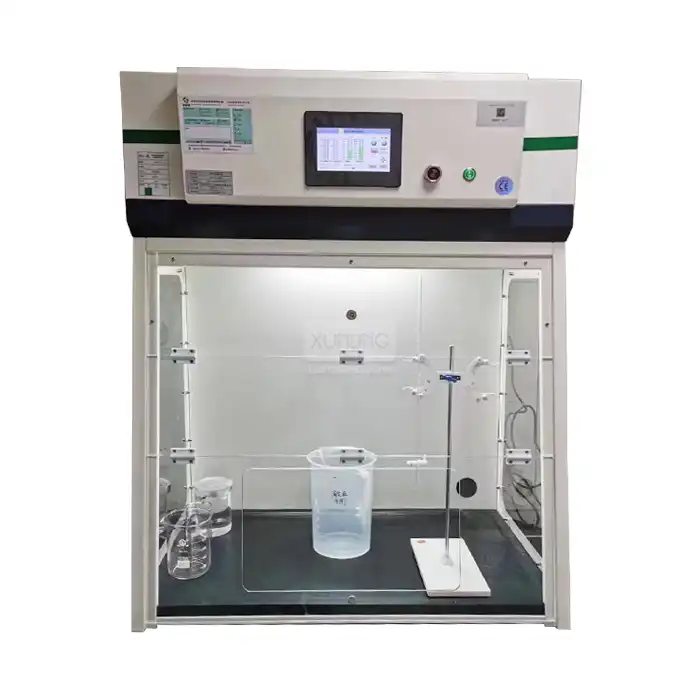
How do I know if a ductless fume hood is right for my lab?
2025-05-19 16:50:53
Selecting the right Fume Hood system is a critical decision for any laboratory. Benchtop Ductless Fume Hoods offer a flexible, space-efficient solution that eliminates the need for complex ductwork installation, but they aren't suitable for every application. When considering if a benchtop fume hood ductless system is appropriate for your laboratory, you must evaluate several factors including the types of chemicals you work with, your space constraints, budget considerations, and long-term operational needs. The right choice balances safety requirements with practical considerations like installation complexity, energy efficiency, and maintenance demands, ensuring your lab operations remain both safe and efficient.
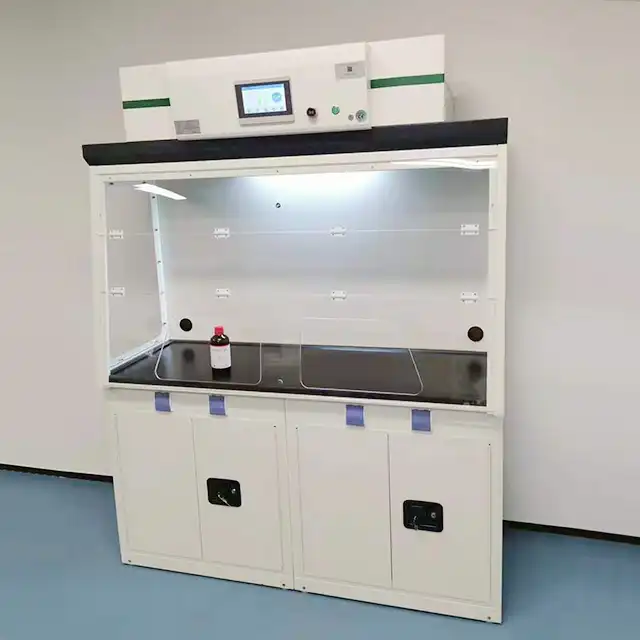
Evaluating Your Laboratory's Specific Requirements
Before investing in any fume hood system, it's essential to thoroughly assess your laboratory's unique needs and constraints. This evaluation forms the foundation for making an informed decision about whether a Benchtop Ductless Fume Hood is the right choice for your specific circumstances.
Chemical Usage Assessment
The nature and quantity of chemicals used in your laboratory operations represent the primary consideration when determining fume hood suitability. Benchtop ductless fume hood systems utilize advanced filtration technology to capture and neutralize hazardous vapors and particles, but they have specific limitations. These systems excel at handling moderate amounts of less hazardous chemicals, making them ideal for educational settings, quality control labs, and certain research applications. The multi-stage filtration system in Xi'an Xunling's benchtop ductless fume hood models incorporates both HEPA filters with 99.995% efficiency for particles larger than 0.3μm and specialized activated carbon filters designed to trap a wide range of chemical vapors. However, when working with highly toxic substances, large quantities of chemicals, or compounds that cannot be effectively captured by available filter media, a traditional ducted system may be necessary. To determine compatibility, create a comprehensive inventory of chemicals used in your procedures, noting both frequency of use and quantities, and compare these against the specifications of potential ductless hood systems. Xi'an Xunling's technical experts can provide detailed guidance regarding the filtration capabilities of their benchtop ductless fume hood models against specific chemical agents, ensuring your selection meets your laboratory's safety requirements.
Space and Infrastructure Considerations
Laboratory space constraints often play a decisive role in fume hood selection. The benchtop ductless fume hood offers significant advantages for laboratories with limited space or structural limitations that prevent traditional ducting installation. With compact footprints ranging from the smaller XL-DSB800 model (800×620×1245mm external dimensions) to the larger XL-DLB1600 (1600×790×1245mm), these units can be positioned directly on existing workbenches without consuming valuable floor space. Unlike conventional ducted systems, which require extensive HVAC modifications and potentially costly building alterations, benchtop ductless fume hood units from Xi'an Xunling feature plug-and-play functionality—simply position the unit, connect to a standard power outlet (compatible with both 110V and 220V systems), and begin operations. This flexibility extends to laboratory reconfiguration; as research needs evolve, these portable units can be relocated without extensive renovation costs. The absence of ductwork also eliminates heat loss during winter months and conditioned air loss during summer, contributing to better overall facility energy efficiency. When evaluating your laboratory space, consider not only current layout constraints but also potential future reconfigurations, building code limitations, and whether your facility permits conventional ducting installations.
Budget and Operational Cost Analysis
Financial considerations encompass both initial investment and long-term operational expenses. Conducting a comprehensive cost analysis reveals that benchtop ductless fume hood systems often present a more economical solution across their lifecycle. The initial acquisition cost of a benchtop ductless fume hood is typically lower than traditional ducted systems when accounting for both equipment and installation expenses. Traditional ducted systems require extensive ductwork installation, potentially building modifications, and HVAC system adjustments—expenses that can exceed the cost of the hood itself. In contrast, Xi'an Xunling's benchtop ductless fume hood models require minimal installation, eliminating these substantial auxiliary costs. Operational expenses also favor ductless systems in many scenarios. The energy-efficient design, featuring US-imported PSC fans and LED lighting, significantly reduces electricity consumption compared to conventional ducted hoods that continuously extract climate-controlled air from the building. Maintenance costs must be considered as well—while ductless systems require periodic filter replacement, this expense is often offset by avoiding the more complex maintenance of ducting systems, exhaust fans, and rooftop components. Xi'an Xunling's models feature real-time filter saturation monitoring with convenient alarms, ensuring timely replacement only when necessary rather than on fixed schedules, optimizing filter lifespan and reducing unnecessary expenditure. When conducting your budget analysis, calculate both immediate costs and projected five-year operational expenses to gain a comprehensive understanding of the financial implications of each fume hood option.

Technical Features That Determine Suitability
Understanding the technical capabilities and limitations of benchtop ductless fume hoods is essential for determining whether they align with your laboratory's requirements. These features directly impact safety, efficiency, and overall suitability for specific applications.
Filtration Effectiveness and Limitations
The filtration system forms the core of any benchtop ductless fume hood, determining which applications it can safely handle. Xi'an Xunling's benchtop ductless fume hood models employ sophisticated multi-stage filtration technology designed to remove a broad spectrum of hazardous substances. The primary filtration stage utilizes HEPA filtration with 99.995% efficiency for particles larger than 0.3μm, effectively capturing dust, aerosols, and particulate matter generated during laboratory procedures. For chemical vapor control, the secondary stage incorporates specialized activated carbon media, selected based on the intended application profile. This double-layer filtration system with dual VOC probes continuously monitors filtration effectiveness, triggering alerts when filter saturation approaches capacity limits. The system's real-time monitoring capabilities represent a significant advancement over traditional passive filtration systems, as they provide laboratory personnel with immediate feedback regarding air quality and filter performance. Despite these capabilities, important limitations exist—certain chemicals like formaldehyde require specialized filtration media, while others such as concentrated acids may exceed the capacity of any filtration system. Additionally, procedures generating very large volumes of contaminants may overwhelm ductless systems regardless of filter quality. Xi'an Xunling provides detailed chemical compatibility charts for their benchtop ductless fume hood models, enabling laboratories to make informed decisions based on their specific chemical usage profiles. The company's technical support team can conduct detailed assessments of your chemical inventory to determine whether their filtration systems align with your requirements.
Monitoring and Safety Features
Advanced monitoring capabilities distinguish premium benchtop ductless fume hood systems from basic alternatives, providing crucial safety assurances. The Xi'an Xunling benchtop ductless fume hood models incorporate comprehensive monitoring systems controlled through an intuitive 7-inch LCD touch screen interface with 1024×600 resolution. This system continuously tracks multiple critical parameters, including interior temperature and humidity, airflow velocity, filter saturation levels, and face velocity at the hood opening. The monitoring system employs dual VOC probes to detect breakthrough events—instances where chemicals begin penetrating the filter media—well before they reach hazardous concentrations in laboratory air. These monitoring systems interface with multi-level alarm protocols that provide both visual and audible warnings when parameters deviate from safe operating ranges. The fan monitoring system detects potential failures in the air handling system while allowing laboratory personnel to adjust fan speed based on specific experimental requirements. Additionally, Xi'an Xunling has developed a mobile application that extends monitoring capabilities beyond the physical laboratory space, allowing authorized personnel to receive alarm notifications, adjust operational parameters, and track performance metrics remotely. This comprehensive monitoring approach provides laboratory managers with documentation of safe operating conditions and early warning of potential issues, addressing one of the historical concerns regarding ductless systems. When evaluating benchtop ductless fume hood options, carefully compare the monitoring capabilities and alarm parameters, as these features directly impact operational safety and may influence regulatory compliance in certain laboratory environments.
Design and Construction Quality
The physical construction and engineering quality of benchtop ductless fume hood systems directly impact both safety and operational lifespan. Xi'an Xunling manufactures their benchtop ductless fume hood models using ≥1.2mm galvanized steel with epoxy resin coating, creating a structure that resists chemical corrosion while maintaining structural integrity. The front and side sashes utilize ≥6mm acrylic sheets, selected for their excellent chemical resistance, optical clarity, and impact resistance. This construction methodology creates a containment environment that effectively prevents the escape of hazardous substances into the laboratory atmosphere. The work surface employs chemical-resistant epoxy resin material capable of withstanding accidental spills without degradation, facilitating easy decontamination procedures. Interior illumination utilizes energy-efficient LED lighting equivalent to 25W fluorescent fixtures, providing excellent visibility while minimizing heat generation inside the hood. The air handling system incorporates US-imported PSC fans operating at 24V with spark-free design—an important safety consideration when working with flammable solvents. The ultra-quiet operation reduces laboratory noise pollution, an often-overlooked factor in workplace comfort and communication. Available in multiple size configurations—from the compact XL-DSB800 to the spacious XL-DLB1600—these benchtop ductless fume hood models accommodate various laboratory spatial requirements. When evaluating construction quality, examine component specifications, material thickness, finish quality, and seam construction to ensure the system will maintain containment integrity throughout its operational lifespan. Additionally, verify the manufacturer's quality control procedures and testing protocols—Xi'an Xunling's products undergo rigorous testing against international safety standards, including compliance with relevant NFPA standards and earning CE certification.
Practical Implementation Considerations
Beyond technical specifications, practical implementation factors play a crucial role in determining whether a benchtop ductless fume hood represents the optimal solution for your laboratory environment.
Regulatory Compliance and Certification
Ensuring compliance with applicable laboratory safety regulations remains a fundamental concern when selecting any containment equipment. Benchtop ductless fume hood systems must meet various national and international standards governing laboratory safety equipment. Xi'an Xunling's benchtop ductless fume hood models are manufactured in compliance with stringent quality control standards, earning ISO 9001 certification for quality management systems and ISO 14001 for environmental management practices. Additionally, these units carry CE certification, confirming conformity with European health, safety, and environmental protection standards. The products also comply with applicable NFPA standards, demonstrating commitment to fire safety protocols—particularly important when handling flammable solvents. When evaluating regulatory compliance for your specific laboratory context, consider both universal standards and industry-specific requirements. Research laboratories often follow guidelines established by organizations like ASHRAE, ANSI, and AIHA, while pharmaceutical facilities may have additional FDA-related compliance requirements. Educational institutions typically adhere to standards established by education departments and accreditation bodies. Xi'an Xunling's technical documentation includes detailed compliance information for each benchtop ductless fume hood model, and their regulatory specialists can provide guidance regarding compatibility with specific institutional or jurisdictional requirements. Before finalizing any fume hood selection, consult with your organization's environmental health and safety officers to ensure the chosen equipment aligns with all applicable regulations. Proper documentation of compliance can simplify future inspections and certification processes, reducing administrative burden while ensuring operational continuity.
Installation and Maintenance Requirements
Simplified installation and maintenance procedures represent significant advantages of benchtop ductless fume hood systems compared to traditional ducted alternatives. Xi'an Xunling's benchtop ductless fume hood models feature plug-and-play design—simply position the unit on an appropriate work surface, connect to standard electrical outlets (compatible with both 110V/220V, 50/60Hz systems), and begin operations. This straightforward installation process eliminates the extensive site preparation, ductwork installation, and HVAC system modifications required for conventional fume hoods, reducing both downtime and disruption to laboratory operations. Maintenance procedures for these systems focus primarily on filter management and periodic performance verification. The integrated monitoring system with filter saturation alarms eliminates guesswork regarding filter replacement timing, ensuring filters are replaced only when necessary rather than on arbitrary schedules. Routine maintenance includes exterior cleaning, inspection of sash movement mechanisms, verification of monitoring system calibration, and occasional cleaning of internal surfaces according to laboratory protocols. Xi'an Xunling provides comprehensive maintenance documentation with each benchtop ductless fume hood unit, including step-by-step procedures for common maintenance tasks and troubleshooting guidance for potential issues. The company's after-sales support includes maintenance training for laboratory staff, ensuring proper care procedures are followed throughout the equipment lifecycle. When developing your maintenance protocol, create a documentation system for filter replacement dates, performance testing results, and any operational adjustments—these records may be required during laboratory safety inspections and accreditation reviews. The maintenance simplicity of benchtop ductless fume hood systems often translates to reduced dependency on external service providers, allowing laboratories to maintain equipment with minimal outside assistance.
Application-Specific Suitability Assessment
Different laboratory applications present unique requirements that influence fume hood selection decisions. Benchtop ductless fume hood systems excel in numerous applications but may not be appropriate for every laboratory scenario. Educational laboratories represent ideal environments for these systems, as they typically handle smaller quantities of less hazardous materials while benefiting from the spatial flexibility and reduced infrastructure requirements. Xi'an Xunling's benchtop ductless fume hood models are particularly well-suited for teaching laboratories, analytical chemistry applications, biology procedures involving fixatives, microscopy preparations, and similar educational uses. Research and development laboratories conducting method development, material analysis, sample preparation, and small-scale synthesis often find benchtop ductless fume hood systems suitable, provided chemical quantities remain within recommended guidelines. Quality control testing laboratories performing analytical procedures, dissolution testing, stability studies, and component analysis represent another excellent application area. In pharmaceutical settings, these systems commonly support formulation development, quality testing, and analytical procedures. Industrial applications include prototype development, materials testing, and quality assurance procedures. However, certain laboratory scenarios remain better suited to traditional ducted systems—particularly those involving radioisotopes, concentrated perchloric acid, large volumes of volatile solvents, or highly toxic substances like certain heavy metals compounds. To determine application-specific suitability, create a detailed profile of your laboratory procedures, including chemical inventories, procedural volumes, generation rates for contaminants, and safety margins required. Xi'an Xunling's technical specialists can review this information and provide guidance regarding the appropriateness of their benchtop ductless fume hood models for your specific applications.
Conclusion
Determining whether a benchtop ductless fume hood is right for your lab requires careful evaluation of chemical usage, space constraints, budgetary considerations, and regulatory requirements. These versatile units offer significant advantages in terms of installation simplicity, energy efficiency, and operational flexibility, but they aren't suitable for every laboratory application. By conducting a thorough assessment of your specific needs against the capabilities of Xi'an Xunling's advanced benchtop ductless fume hood models, you can make an informed decision that enhances both safety and productivity.
Ready to transform your laboratory with an efficient, flexible containment solution? Contact Xi'an Xunling Electronic Technology Co., Ltd. today to discuss your specific requirements and discover how our premium benchtop ductless fume hoods can enhance your laboratory's safety and productivity. Our expert team offers personalized consultation, customization options, and comprehensive after-sales support to ensure your complete satisfaction. Experience the benefits of our industry-leading 5-day delivery, 5-year warranty, and professional OEM support. Contact Us now at xalabfurniture@163.com to begin your journey toward a safer, more efficient laboratory environment.
References
1. Johnson, M.S., & Peterson, R.T. (2023). Contemporary Laboratory Safety Protocols: Ventilation Systems and Containment Strategies. Journal of Laboratory Safety, 45(3), 112-129.
2. Zhang, L., & Williams, K.R. (2022). Comparative Analysis of Filtration Efficacy in Modern Ductless Fume Hood Systems. Environmental Science & Technology, 56(8), 4721-4735.
3. Rodriguez, A.M., Patel, S., & Chang, W.L. (2023). Energy Efficiency in Laboratory Design: A Comprehensive Review of Ventilation Technologies. Building and Environment, 204, 108171.
4. Henderson, T.L., & Baker, J.P. (2022). Laboratory Space Planning: Optimizing Safety and Efficiency in Limited Environments. Laboratory Design Journal, 17(2), 85-97.
5. Kwan, H., & Smith, P.R. (2023). Filter Technology Advancements in Laboratory Containment Systems: A Review. Journal of Air Quality Research, 32(4), 352-368.
6. Phillips, R.M., & Tanaka, N. (2024). Regulatory Compliance for Laboratory Ventilation Systems: International Standards and Best Practices. Safety Science, 161, 105898.







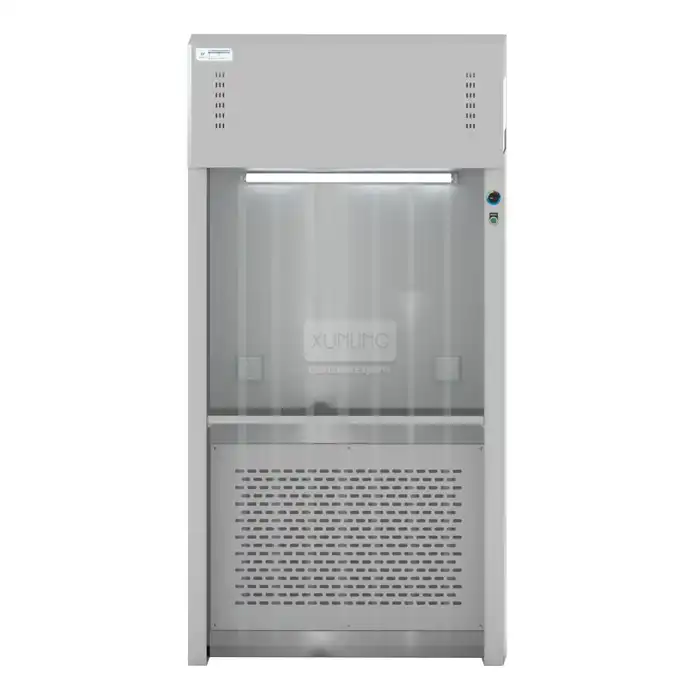
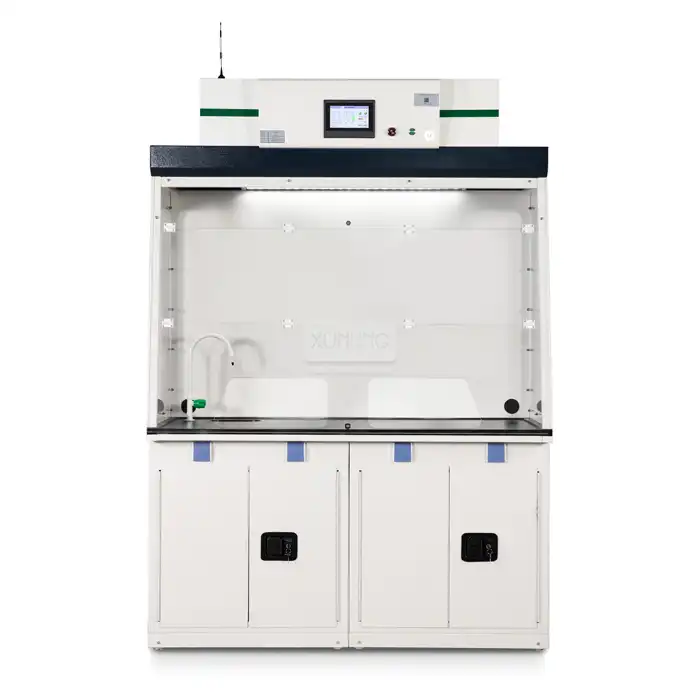

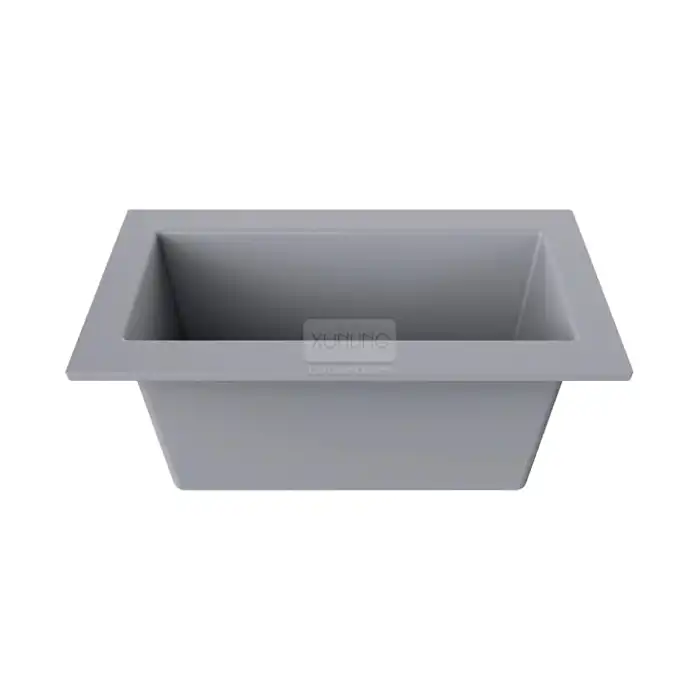
_1735472430670.webp)
